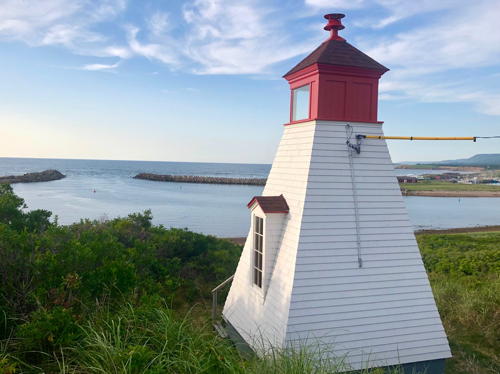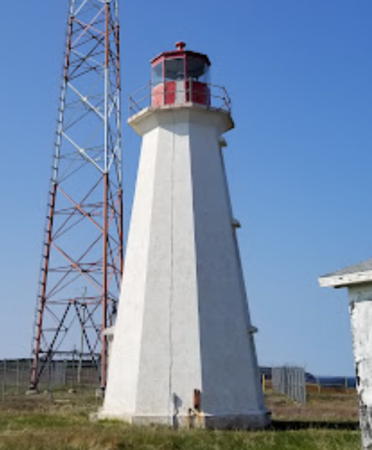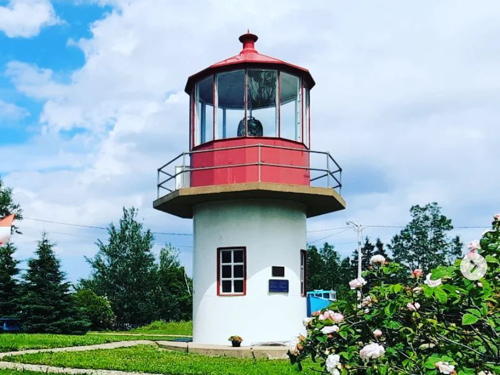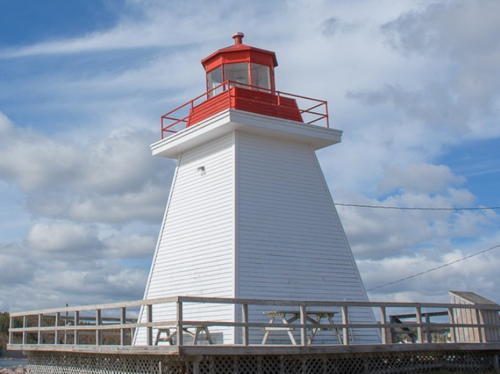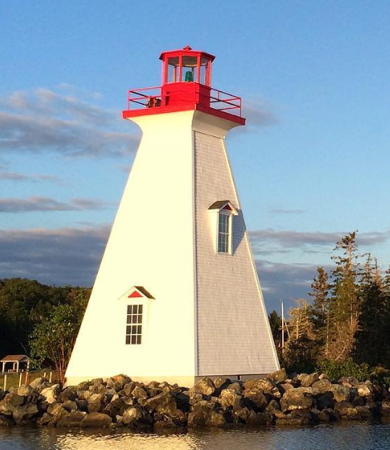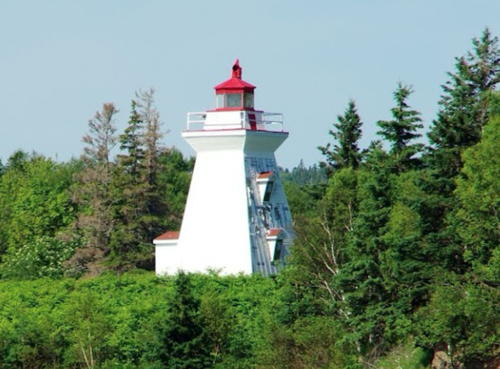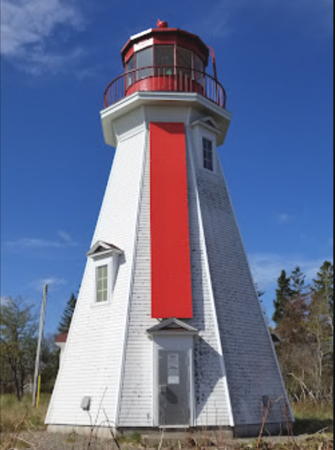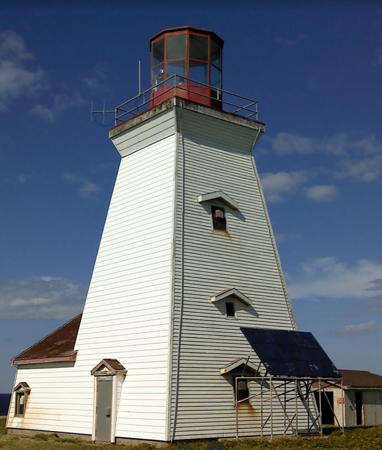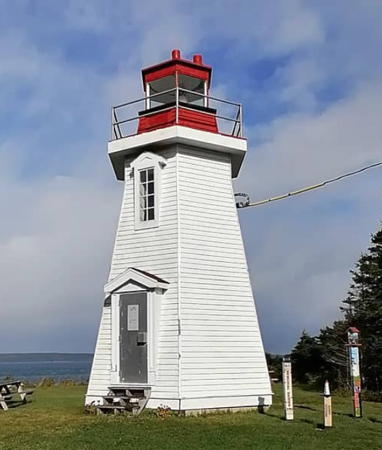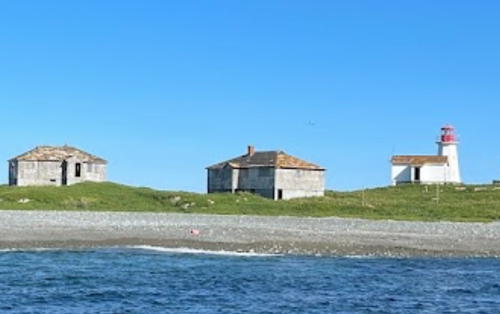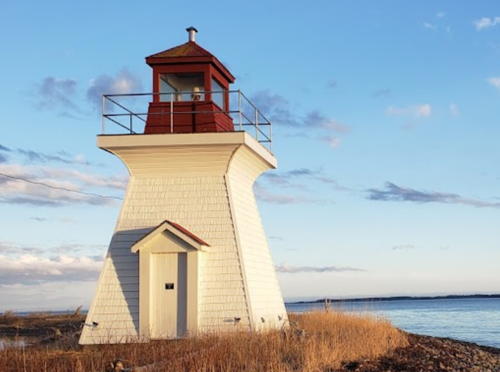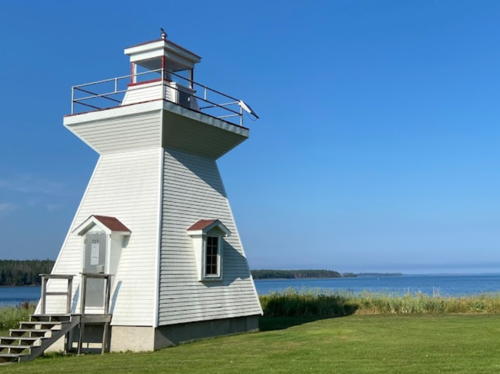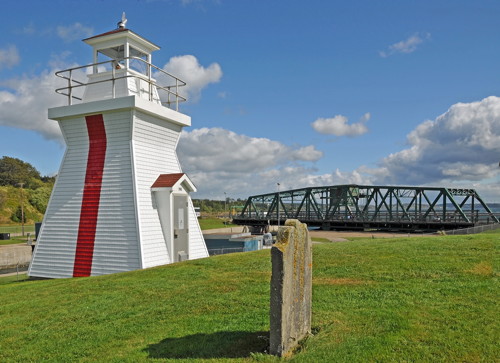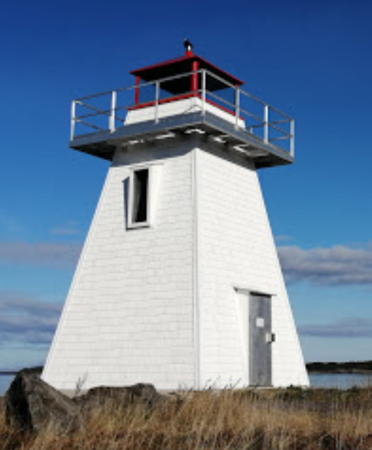The nation of Canada was created by the British North America Act in 1867 with Ontario, Québec, New Brunswick, and Nova Scotia as the four original provinces. Nova Scotia is the province at the extreme southeastern corner of Canada. The southern and eastern parts of the province lie on a peninsula facing the Atlantic to the east and the Bay of Fundy to the west. To the north the peninsula is joined to the rest of Canada by an isthmus that separates the Bay of Fundy on the south from Northumberland Strait and the Gulf of St. Lawrence on the north. Cape Breton Island lies to the northeast, separated from the main part of the province by the narrow Strait of Canso. The island faces Northumberland Strait on the southwest, the Gulf of St. Lawrence to the northwest, Cabot Strait to the north, the open Atlantic Ocean to the east, and the Strait of Canso and Chedabucto Bay to the south.
Cape Breton Island is nearly divided north to south by the intricate waterways of the Bras d'Or Lake, actually a small, brackish inland sea. At the south the St. Peters Canal joins Bras d'Or Lake to the Atlantic, completing the separation of the island.
In the 17th century Nova Scotia was called Acadia as a part of New France, the French empire in North America. Britain conquered Acadia in 1710 during Queen Anne's War and established the Nova Scotia colony in the peninsula. Cape Breton Island continued as a French colony until it was also conquered by Britain in 1758 during the Seven Years War (1756-63).
Cape Breton Island is divided into four county-level units: the county municipalities of Inverness, Victoria, and Richmond and the Cape Breton Island Regional Municipality.
Aids to navigation in Canada are maintained by the Canadian Coast Guard. In 2008, Parliament passed the Heritage Lighthouse Protection Act to designate and protect historic lighthouses.
CCG numbers are from the Atlantic Coast volume of the List of Lights, Buoys, and Fog Signals of Fisheries and Oceans Canada. ARLHS numbers are from the ARLHS World List of Lights. Admiralty numbers are from Volume H of the Admiralty List of Lights & Fog Signals. U.S. NGA numbers are from Publication 110.
- General Sources
- Nova Scotia Lighthouse Preservation Society
- This outstanding web site has a wealth of photos, information, and news.
- Nova Scotia Canada Lighthouses
- Excellent photos plus historical and visitor information from Kraig Anderson's LighthouseFriends.com web site.
- Nova Scotia
- Lighthouse photos from visits by C.W. Bash in 2008.
- Lighthouses in Nova Scotia
- Photos available from Wikimedia; included is a large collection of photos by Dennis Jarvis (several appear on this page).
- Leuchttürme an der kanadischen Ostküste
- Photos of Nova Scotia lighthouses taken in 2004 by Bernd Claußen.
- World of Lighthouses - Canada Atlantic Coast
- Photos by various photographers available from Lightphotos.net.
- Online List of Lights - Canada
- Photos by various photographers posted by Alexander Trabas.
- Lighthouses in Nova Scotia, Canada
- Aerial photos posted by Marinas.com.
- Leuchttürme Kanadas auf historischen Postkarten
- Historic postcard views posted by Klaus Huelse.
- List of Lights, Buoys, and Fog Signals
- Official light lists from the Canadian Coast Guard.
- GPSNauticalCharts
- Navigational chart information for Cape Breton Island.
- Navionics Charts
- Navigation chart for the island.
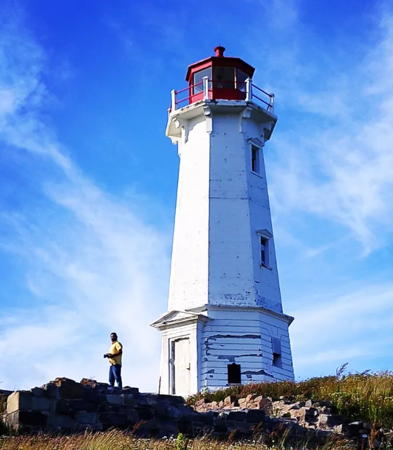
Louisbourg Light, Louisbourg, August 2022
Instagram photo by Roy Tanaka

Caveau Point Range Rear Light, Mabou Harbour, June 2022
Google Maps photo by Alain Quevillon

